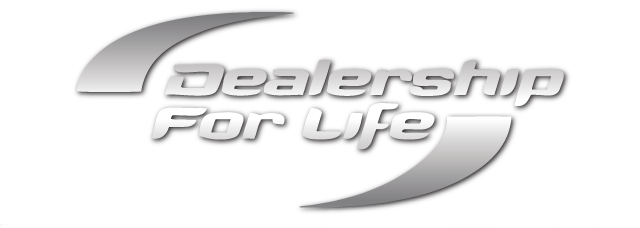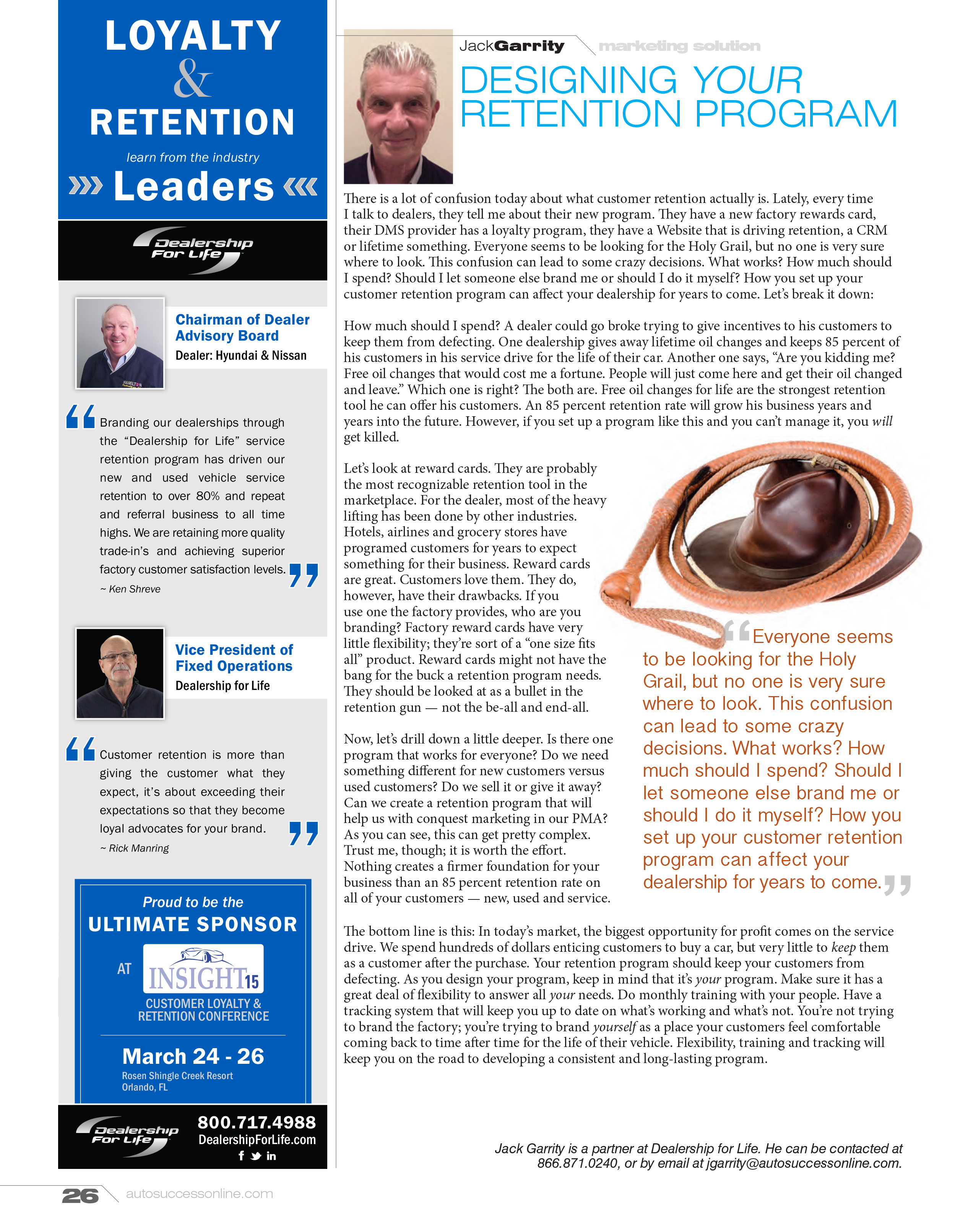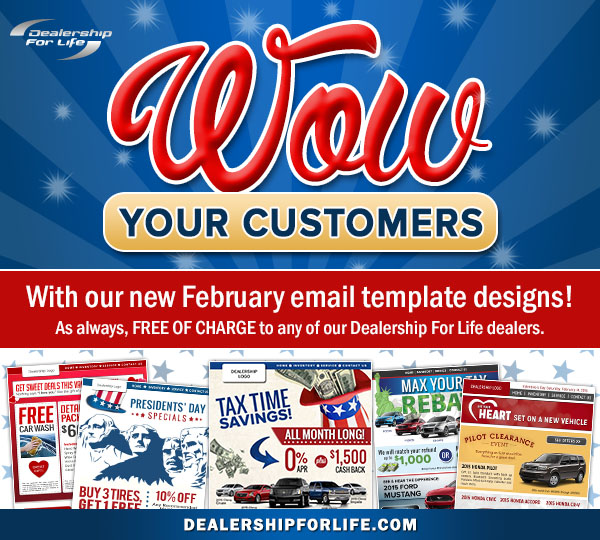Every automotive dealer believes that they run the best operation and do everything a little better than their competition. Is this true? I have the pleasure of going to all regions of the country every week and walking into automotive stores that are new to me. I can assure you, that for most these stores, the look, feel and customer experience is the same. Fortunately for the consumer, most Dealers have done upgrades on their facilities. These range from cosmetic and operational changes to complete remodeling of their facilities. The automotive buying experience has gotten much better. But, the fact remains that all Franchise stores look the same. The only difference is the employees that work there and this is where the Dealer that wants to set the standard for customer satisfaction should look.
It is your employees that are the key to improving your profitability. Most come to you with prior experience within the Industry and established skill sets that you hope will mesh with your operation and sometimes they do and sometimes they don’t. It is up to you Mr. Dealer to give them an edge over their competition in both selling and servicing vehicles. You need a volume driver that will put more customers in front of your sales and service staff. All of you have tried direct mail and that is like a quick shot of adrenaline that fades quickly. You probably have done invitational sales and special promotions that are, at best, giving you one opportunity to sell something. Notwithstanding the fact that these programs are expensive!
So, how can you be different? What is something new that will put your operation ahead of the competition and give your employees the best opportunity to sell? Putting together a well thought-out and comprehensive retention program is the driver you need and must have. You must be willing to create a new culture within your organization and drive it from the top down. Your managers must buy-into your program or else you will never get it off the ground, therefore they should be involved in building the program. Since this is something new I recommend you find a professional company, with years of experience and proven results to partner with you in this endeavor.
Where do you start? List all the things you currently do to enhance the customer experience. Things that are often taken for granted but are an operational expense non-the-less. A few that are obvious are shuttle service, pick-up and delivery, complimentary beverages/snacks, multi point inspections and alignment checks, a vehicle wash at each service visit, quick lanes, etc. Then you build on these benefits by coming up with services your customers cannot resist, such as, complimentary oil changes and tire rotations, ding/dent repair, windshield repairs, etc. These can be for specific periods of time and capped to control the expense. All of these will cause your customer to choose your store for their vehicle purchase. Include a rewards component that will continue to drive your customer back for all the service and maintenance that are required on their vehicle. Keeping them in your service lane practically guarantees they will purchase their next vehicle from you. The final piece that must be in place is a robust communications component, via email, that keeps your customer informed about their vehicle, the services required and rewards earned and any specials that you periodically offer.
All this sounds complicated but let me assure you it is not. What is needed to make all this work seamlessly is data integration and software tools that are employee friendly. This is provided by your partner. Of course, you must do your part by establishing a new culture and getting your management staff on-board from the planning stages to implementation and ongoing training.
Roy Olive





